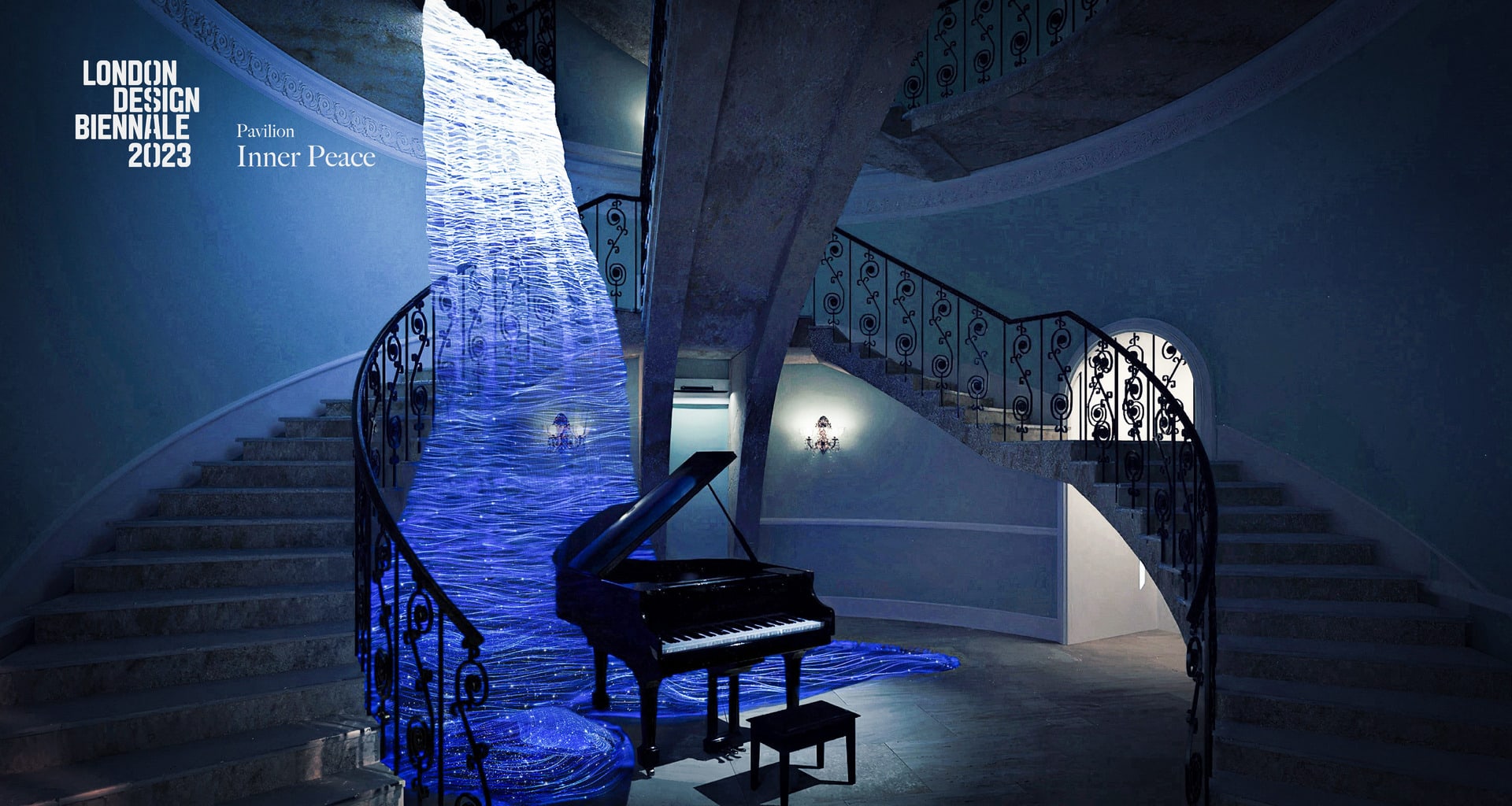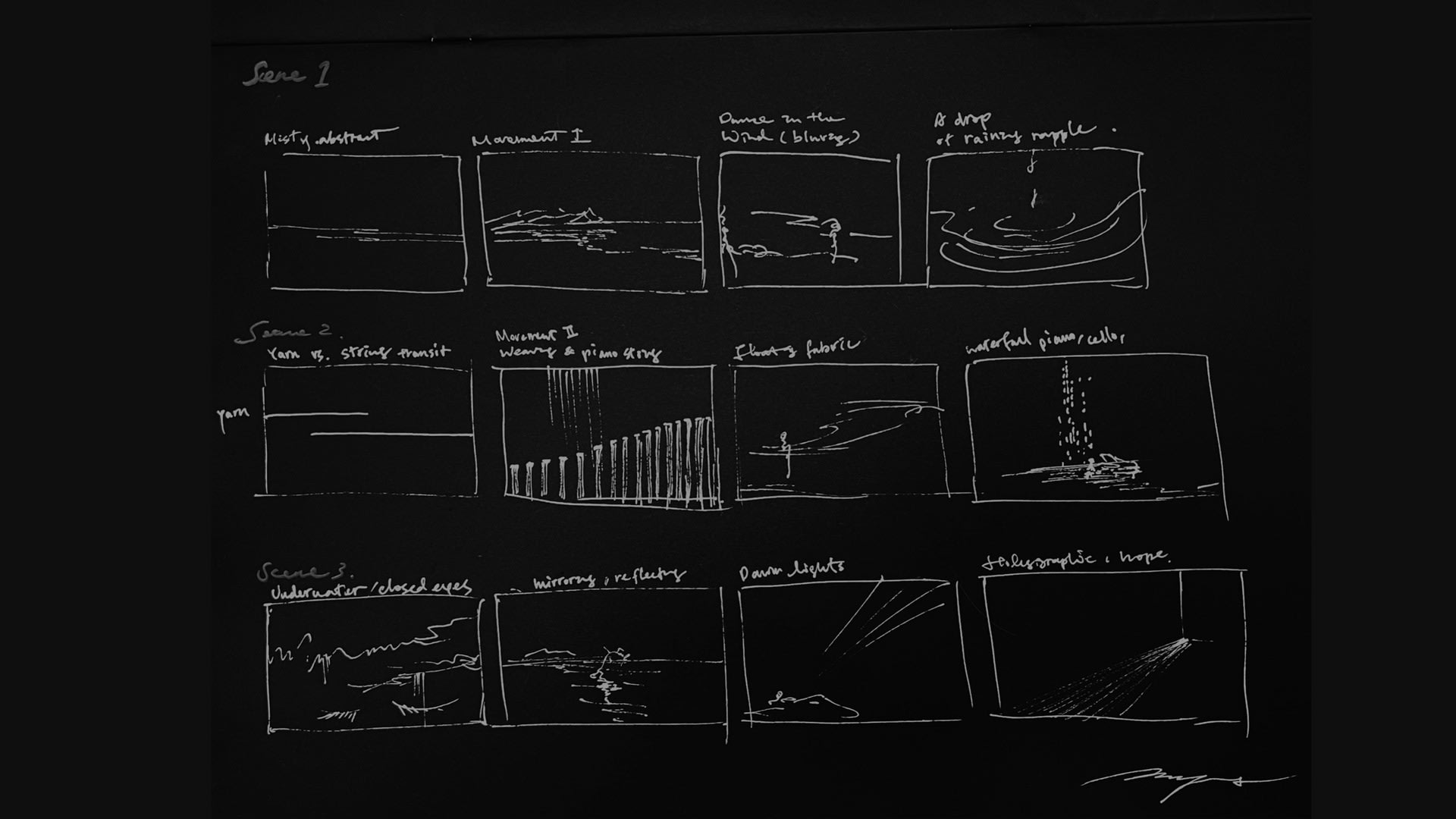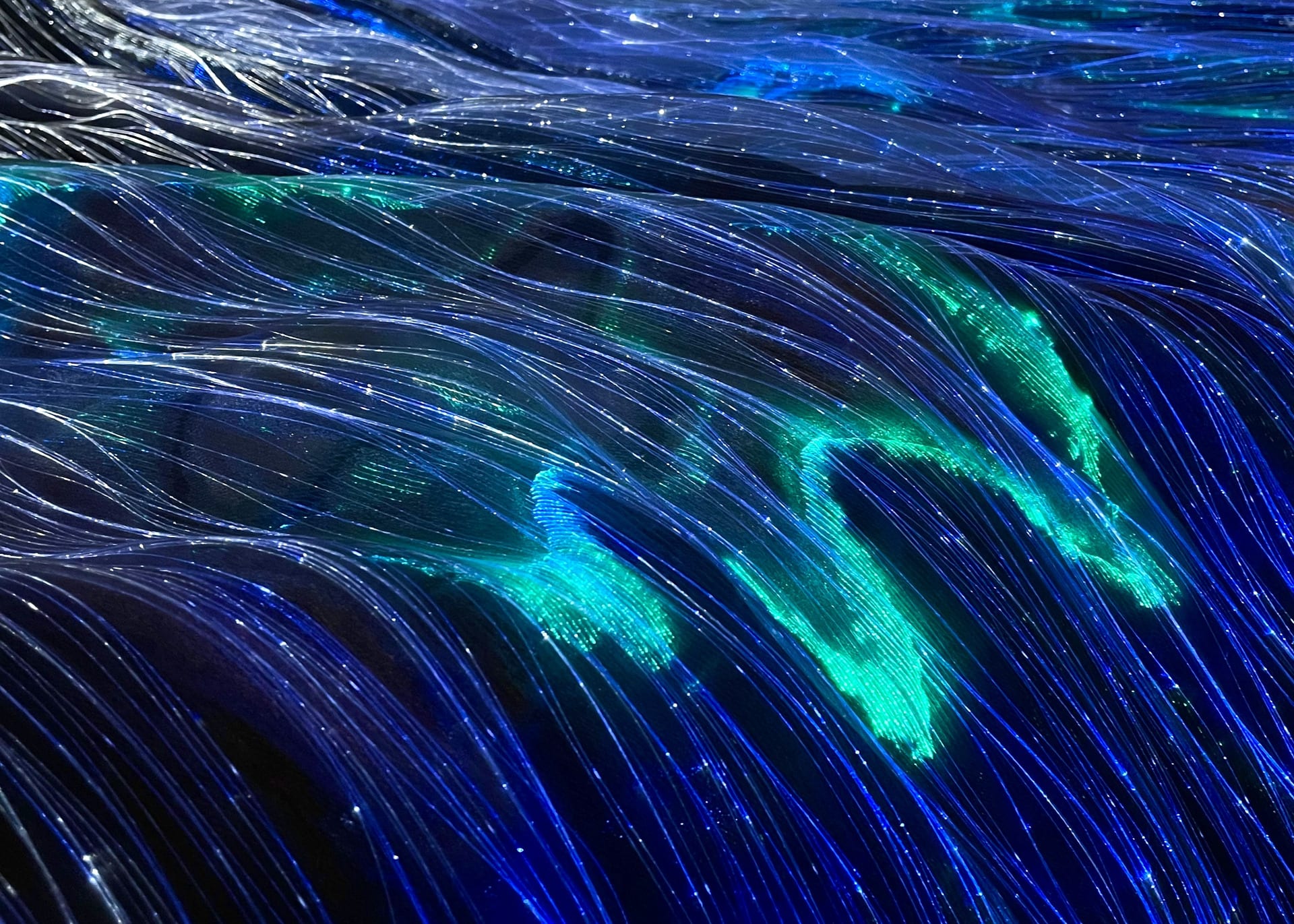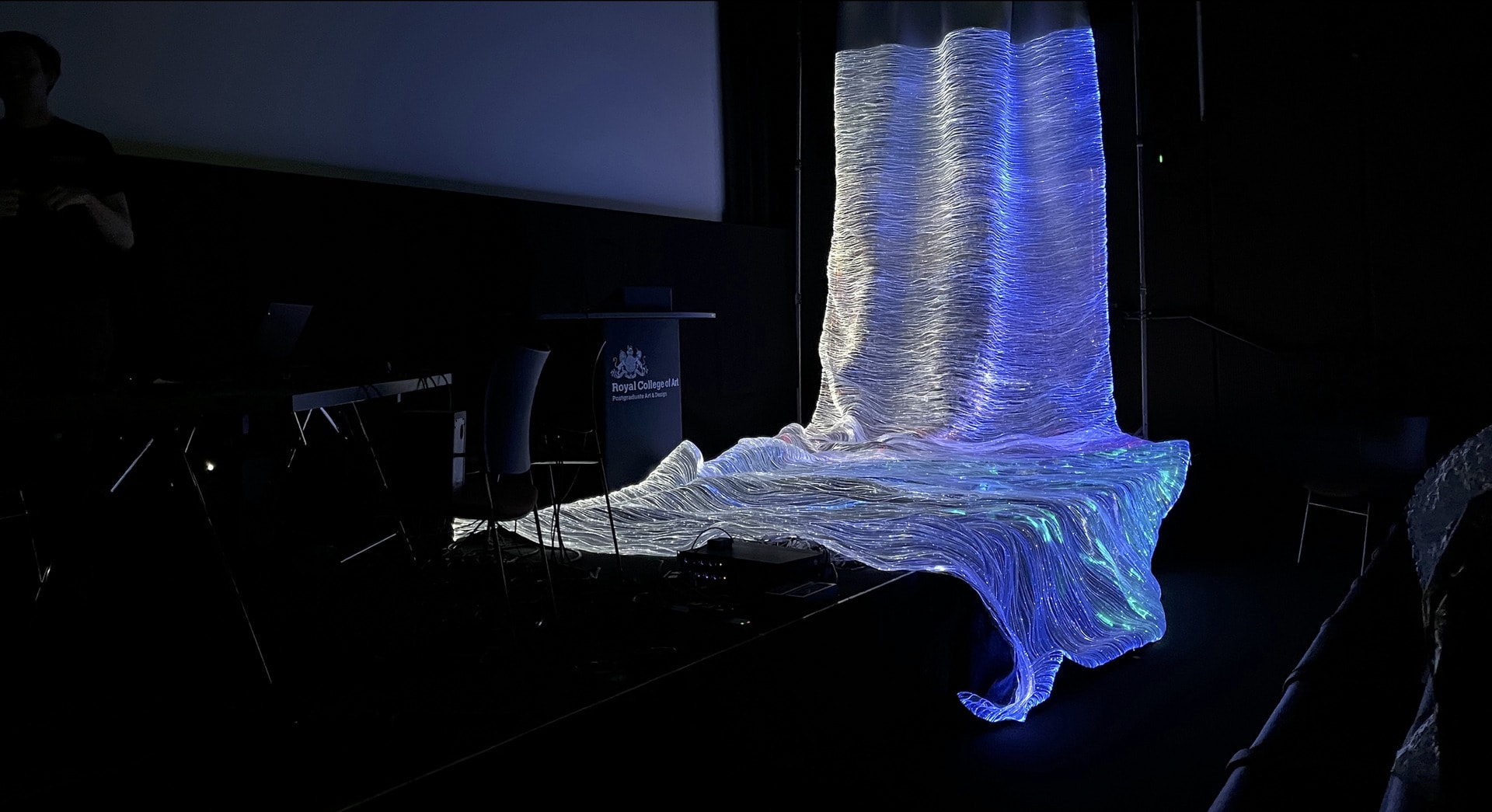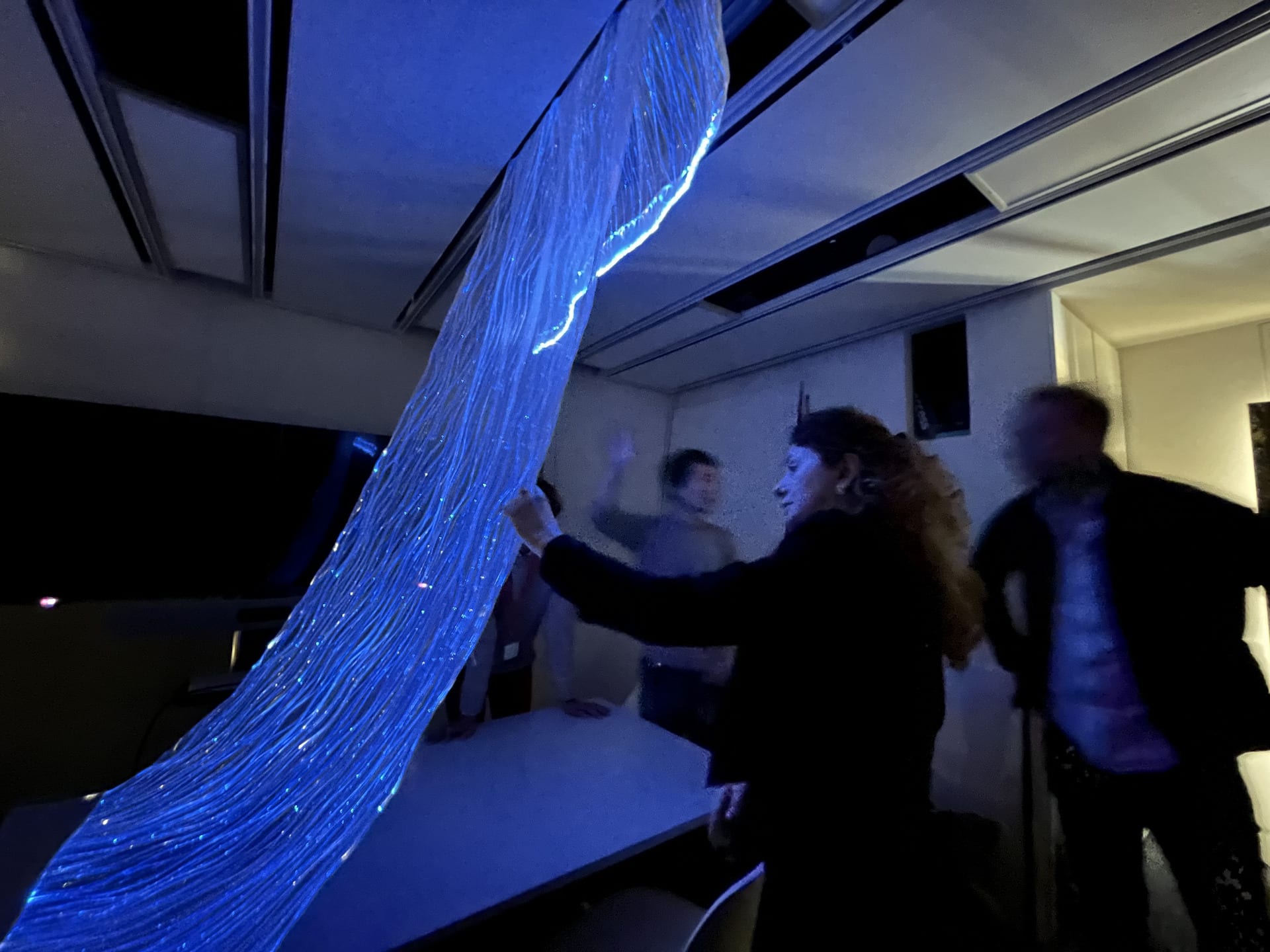Amelia Peng is a textile design and specialises in R&D (research & development). Her expertise encompasses project planning, management, advanced concepts, and sustainable strategies, reflecting her innovative vision. She has worked as a textile designer for brands such as Ralph Lauren, Burberry, and focusing on fabric R&D projects for Hermès, Adidas, Nike, and global supply chain management for Lululemon. Her aesthetic creations have been awarded the Best Talent Designer in 2002, showcased in exhibitions, including Première Vision Paris (2011-2016), ISPO Award 2015, and the London Design Biennale 2023.
Amelia Peng
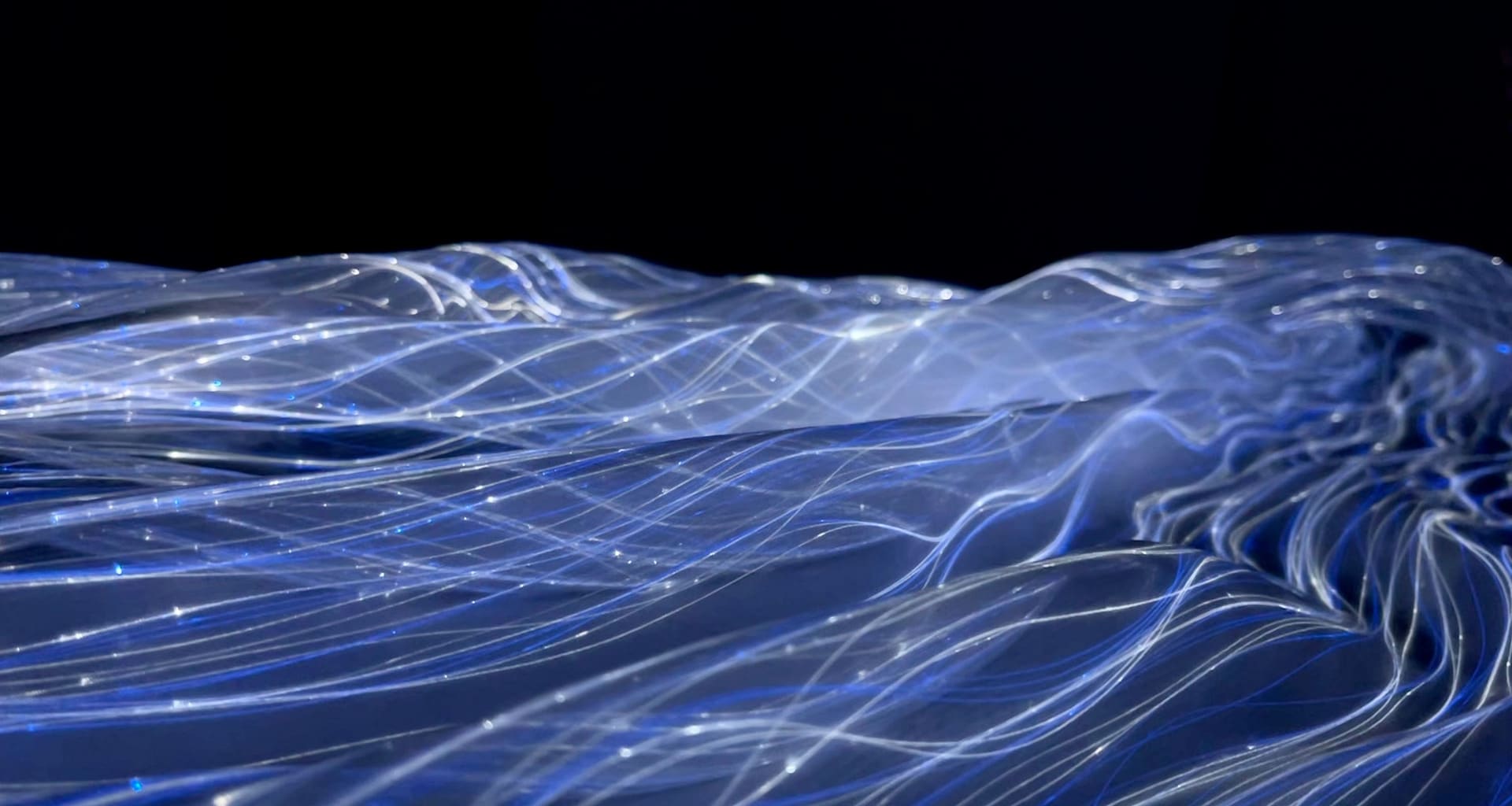

The Aesthetics of Smart Textiles
Threads of Innovation: Music-Mind-Textile
Confluence of Textile Art and Technological Advancements
Textiles have long served as a means of covering and protecting the body, making them an ideal medium for empathy design thinking. Art and music, renowned for their therapeutic qualities, have the power to heal and inspire individuals. Through an innovative methodology, this initiative aims to bridge the gap between individuals and their environment, engaging them both mentally and physically.
The integration of multifunctional devices into traditional textiles represents a significant leap forward in the field of smart textiles, combining the functionalities of textiles with electronic capabilities. This groundbreaking development transcends artistic concepts, offering a fresh perspective on creative expression. Smart textiles demonstrate exceptional flexibility, bendability, and adaptability, enabling diverse forms and shapes. Embedded fibre devices within the textiles introduce an interactive element, capable of detecting external stimuli and enriching the user experience.
By employing sonic and neuro-aesthetics strategies in smart textiles, transformative possibilities emerge. This integration facilitates the production of functional smart lighting and display textiles on a larger scale, revolutionising areas infusing everyday objects, including textiles, with intelligent and interactive capabilities amplifies innovation and convenience. The harmonious fusion of music and textiles unlocks the therapeutic potential of both mediums. By integrating sound and neuro-aesthetic experiences, this pioneering approach benefits individuals from diverse backgrounds, promoting well-being and empowerment, particularly for those with neurodiversity. It provides a holistic encounter that transcends conventional artistic boundaries, immersing individuals in a transformative sensory experience.
The incorporation of multi-sensory devices into traditional textiles signifies a significant milestone in the realm of smart textiles, propelling the field toward a more sustainable and technologically integrated future. These flexible, adaptable, and interactive systems revolutionise textiles, expanding their capabilities beyond mere functionality. From wearable apparel to smart Homes, theatres, modern museums, arch and medical facilities, the implications of this advancement are vast. This stride forward explores the remarkable potential of combining music and textiles, ushering in a new era of creative expression and well-being.
